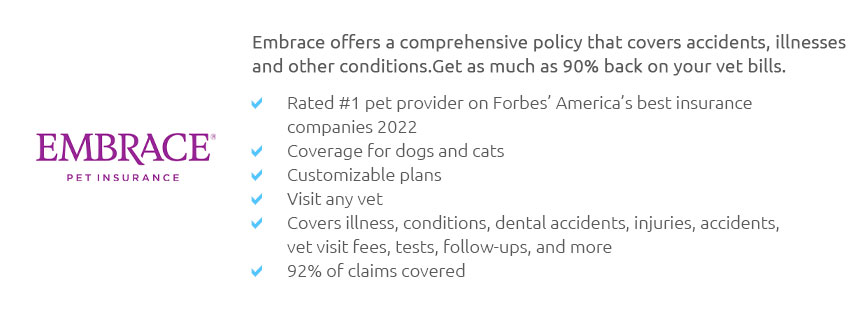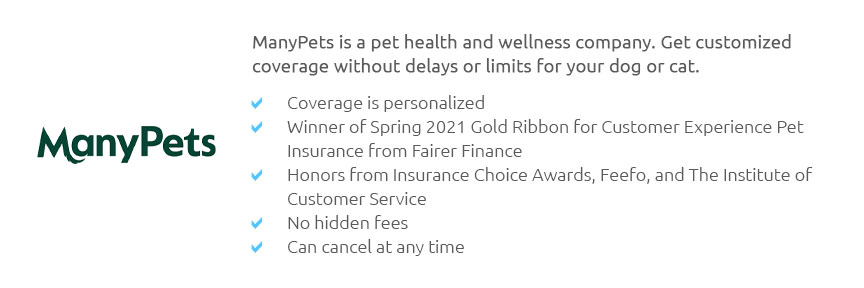 |
 |
 |
 |
 |
|
 |
|
 |
|
 |
|
 |
|
 |
|
 |
|
 |
 |
Understanding the Cost of Health Insurance for CatsIn the ever-evolving world of pet care, the concept of health insurance for our feline companions has gained significant traction, sparking curiosity and debate among pet owners. The idea of insuring cats, once considered a luxury, is now seen as a practical way to ensure their well-being. But how much does it really cost to insure a cat, and what should owners expect when they decide to take this step? To begin with, it's essential to acknowledge the broad spectrum of factors that influence the cost of cat health insurance. One of the most significant determinants is the age of your feline friend. Much like human health insurance, younger cats tend to have lower premiums due to their general good health and lower risk of chronic conditions. On the other hand, older cats, who may be more prone to illnesses, usually have higher insurance costs. Breeds also play a pivotal role; some breeds are predisposed to specific health issues, affecting the insurance rates accordingly. Moreover, geographical location can't be overlooked. Insurance costs may vary significantly from one region to another, influenced by the local cost of veterinary care. Urban areas, where veterinary services are typically more expensive, often see higher insurance premiums compared to rural areas. Additionally, the level of coverage chosen by the pet owner greatly impacts the price. Basic plans, which cover accidents and major illnesses, are generally more affordable than comprehensive plans, which might include wellness visits, vaccinations, and even dental care. Furthermore, policy details such as deductibles, reimbursement levels, and annual limits are crucial in determining the final cost. Higher deductibles usually mean lower monthly premiums, but they also imply greater out-of-pocket expenses during a claim. Similarly, a higher reimbursement percentage may increase the premium but reduce the financial burden when veterinary care is needed. It's a delicate balance that cat owners must consider carefully. Aside from these practical considerations, it's important to reflect on the subtle peace of mind that pet insurance brings. Knowing that your cat's health needs are financially covered can alleviate a significant amount of stress, allowing you to focus more on enjoying your time with your furry companion rather than worrying about potential vet bills. Some might argue that setting aside savings for emergencies is a viable alternative, but the unpredictable nature of health emergencies often makes insurance a more secure choice. In conclusion, while the cost of health insurance for cats is influenced by various factors, from age and breed to location and coverage level, it ultimately boils down to a personal decision. For many, the benefits of securing their pet's health outweigh the costs, offering a blend of financial security and peace of mind. As with any significant decision, prospective policyholders should conduct thorough research, comparing plans and reading reviews, to find the best fit for their needs and budget. Frequently Asked QuestionsWhat factors influence the cost of cat health insurance? Several factors affect the cost, including the cat's age, breed, geographical location, level of coverage, and policy details such as deductibles and reimbursement rates. Is it worth getting health insurance for a young cat? Yes, insuring a young cat can be beneficial as it usually comes with lower premiums and helps prepare for any unexpected health issues in the future. Does breed affect insurance premiums? Absolutely, certain breeds are prone to specific health issues, which can increase insurance premiums due to the higher anticipated cost of care. Can I change my cat's insurance coverage as they age? Yes, many insurance providers allow policyholders to adjust their coverage, but it's essential to understand how changes might affect premiums and coverage options. Are there any alternatives to cat health insurance? Some pet owners opt to set aside savings specifically for vet expenses, but this can be risky as emergencies are unpredictable and costs can be high. https://www.metlifepetinsurance.com/blog/pet-insurance/how-much-does-pet-insurance-cost/
Cat insurance generally costs less than dog insurance, with the national 2025 average being $32 per month. Here's a look at some of the average monthly premiums ... https://www.petsbest.com/pet-insurance-cost
What is the Average Cost of Pet Insurance? - Average Dog Insurance Cost - $36-$58/month - Average Cat Insurance Cost - $22-$34/month ... https://www.nerdwallet.com/article/insurance/cost-of-pet-insurance
The average pet insurance cost is about $56 per month for dogs and $32 per month for cats for the most common type of policy.
|